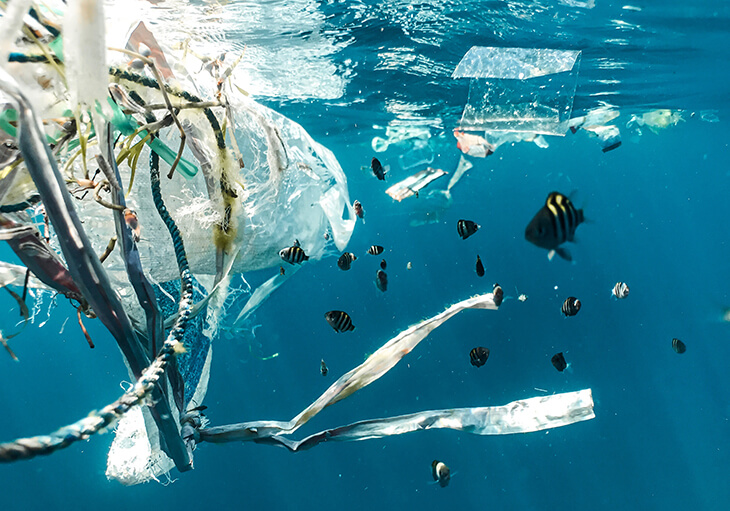
Goodbye plastic. Hello bamboo.
The Great Pacific Garbage Patch
The Great Pacific Garbage Patch is a vast area of debris, including significant amounts of plastic, and estimates of its size range from Texas-shaped to the entire United States.
Plastic waste is incredibly destructive to marine life. Unlike organic matter, it doesn’t degrade. But it will disintegrate into small molecules, and it is ingested by aquatic organisms so that it enters the food chain.
There are some 1.5 million Laysan albatrosses, for example, in Midway Atoll, an area that receives massive amounts of debris from the plastic patch. Nearly all of them have plastic in their digestive systems, and about a third of their chicks die – thanks to being fed plastic by their parents.
In 2016, there was a spate of sperm whales washing up around the North Sea in the UK, Germany, France, the Netherlands and Denmark. Analysis of their stomach contents revealed alarmingly large amounts of plastic waste in their stomachs.
Scientists aren’t sure why they became beached, but whales that became stranded off the coast of Scotland some years ago showed high amounts of toxins from ocean pollution. This was linked to stress on their brains which could have caused disorientation in the mammals.
There are many alternatives to plastic. Bamboo is one of them.
Bamboo is a long-lasting, hard-wearing product that can take the place of plastic in your home and garden. Garden furniture is one use, but anything in your garden can be bamboo-based – fencing, gardening poles, planters, gates, trellises and more.
Inside the house, bamboo also has many applications – again furniture and the like, but manufacturers also produce alternatives such as cutlery, toothbrushes, toys and more that have a much longer shelf life than plastics.
Cut down on the amount of plastic you use and consider the alternatives – and let’s help clean up the environment.
